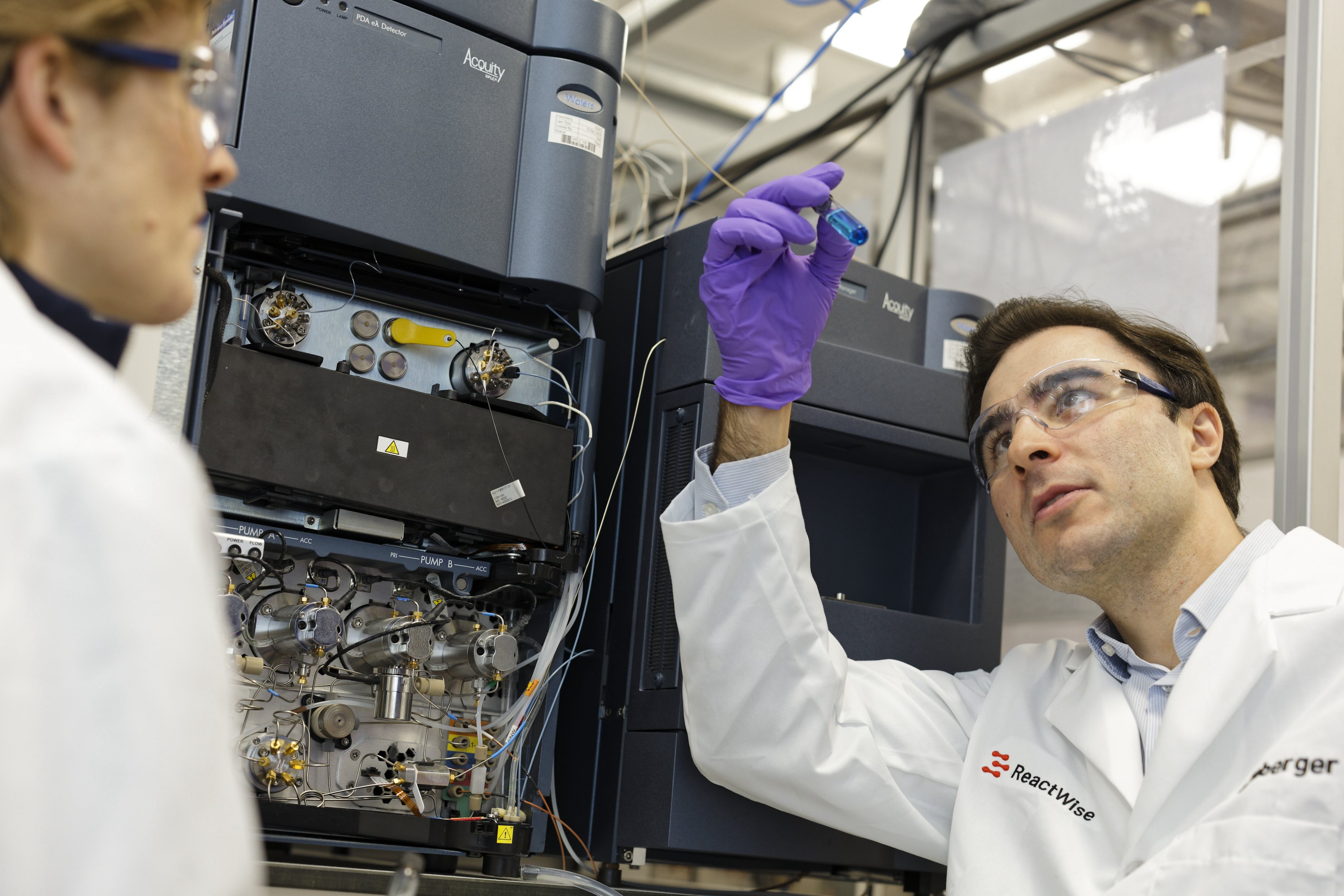
Many of you use it every day - but have you ever wondered how High-Performance Liquid Chromatography (HPLC) was born?

Many of you use it every day - but have you ever wondered how High-Performance Liquid Chromatography (HPLC) was born?
In the 1970s, drug manufacturers faced a pressing challenge.
New therapeutic compounds were emerging rapidly, but existing analytical techniques couldn’t keep up. Paper and thin-layer chromatography were simply too slow and imprecise to guarantee drug purity and safety.
Scientists responded by combining high-pressure pumps with tightly packed columns - and HPLC was born. The principle remained simple: separate chemicals based on their adhesion to the solid phase. But the impact was revolutionary: fast, reliable, reproducible separation of complex mixtures.
Over time, advances pushed HPLC even further:
- Smaller particle sizes + higher pressures: increased surface area, sharper peaks, and higher-resolution separations
- Shorter columns: made runs faster and more efficient
- Special stationary phases: enabled even enantiomer separations (via enantiopure derivatization)
The next leap came in the 1980s: pairing HPLC with the diode array detector (DAD) turned it into the powerhouse of modern analytical chemistry - delivering both quantitative and qualitative insights.
To this day, HPLC powers the backbone of pharma quality control: from testing raw materials, to in-process monitoring, to releasing batches of manufactured APIs.
Just as the HPLC once transformed purity testing, today real-time inline analytics, AI-driven optimization, and closed-loop systems are transforming reaction development.
The lesson is simple: better measurement leads to faster decisions, fewer human errors, and greater consistency.
At ReactWise, we believe the time for directly integrated PAT is now - just as HPLC redefined analysis in the 1970s, integrated analytics and AI will accelerate how we discover and manufacture medicines in the 2020s.


